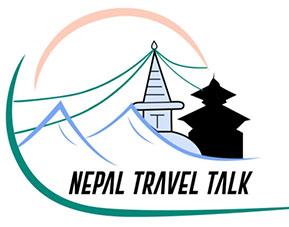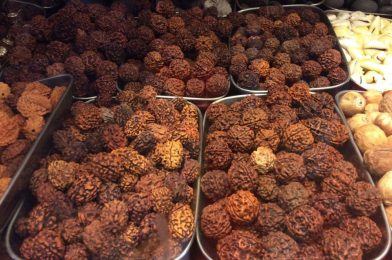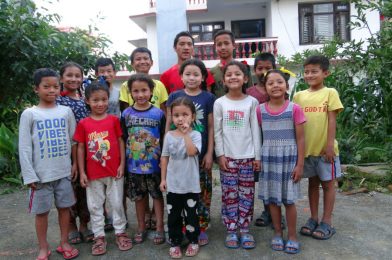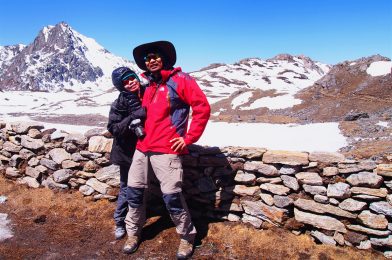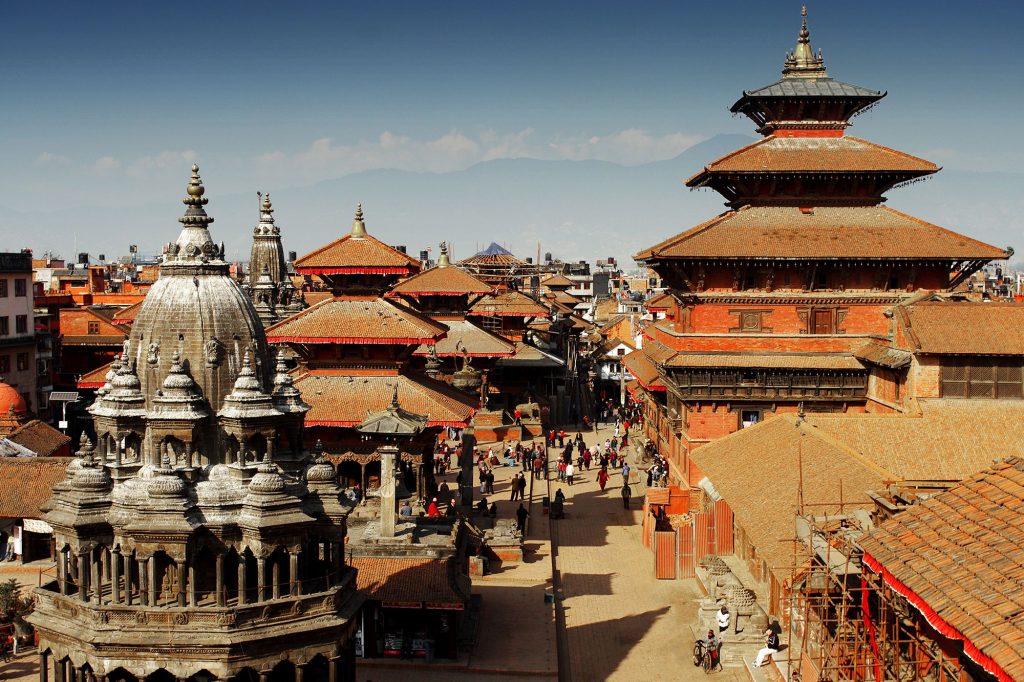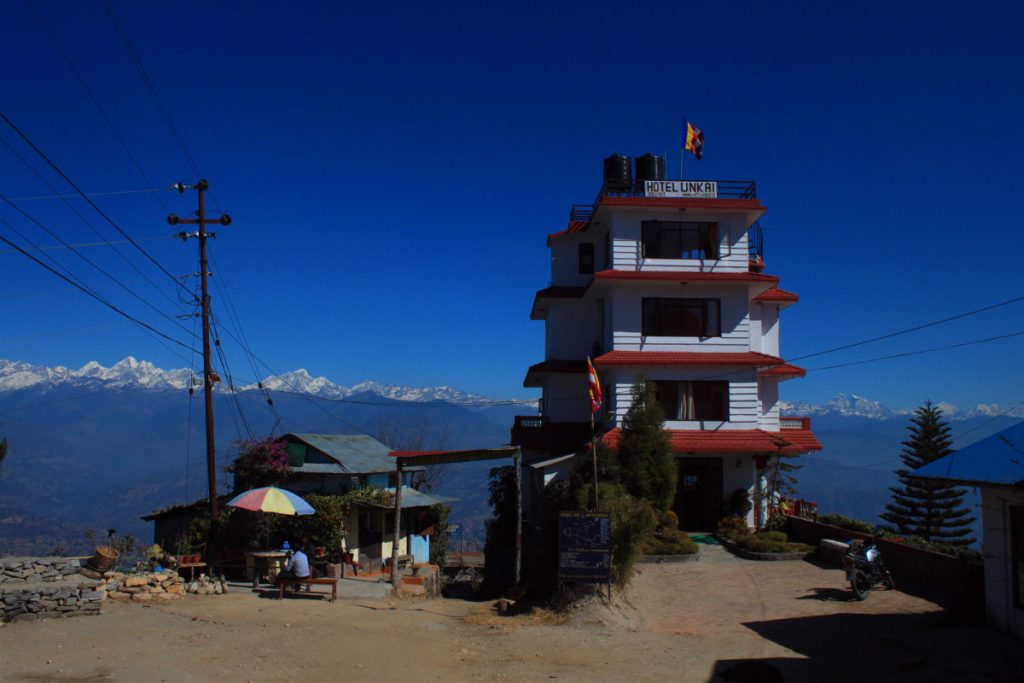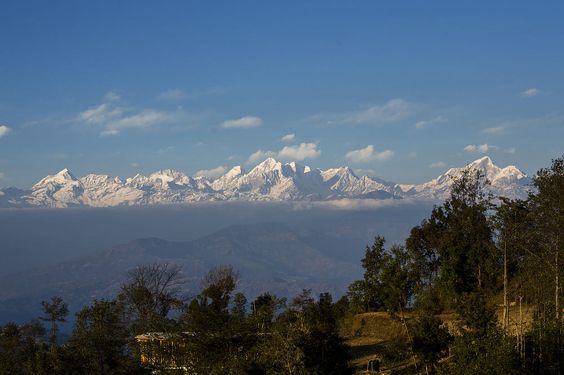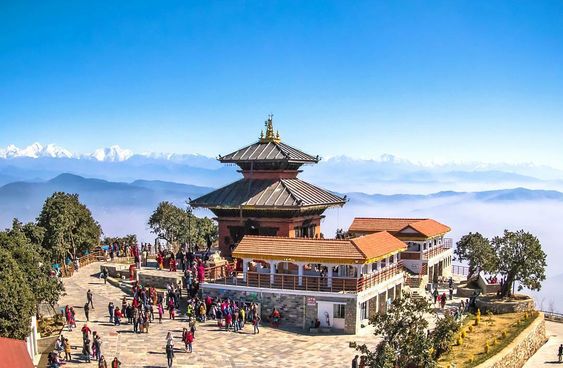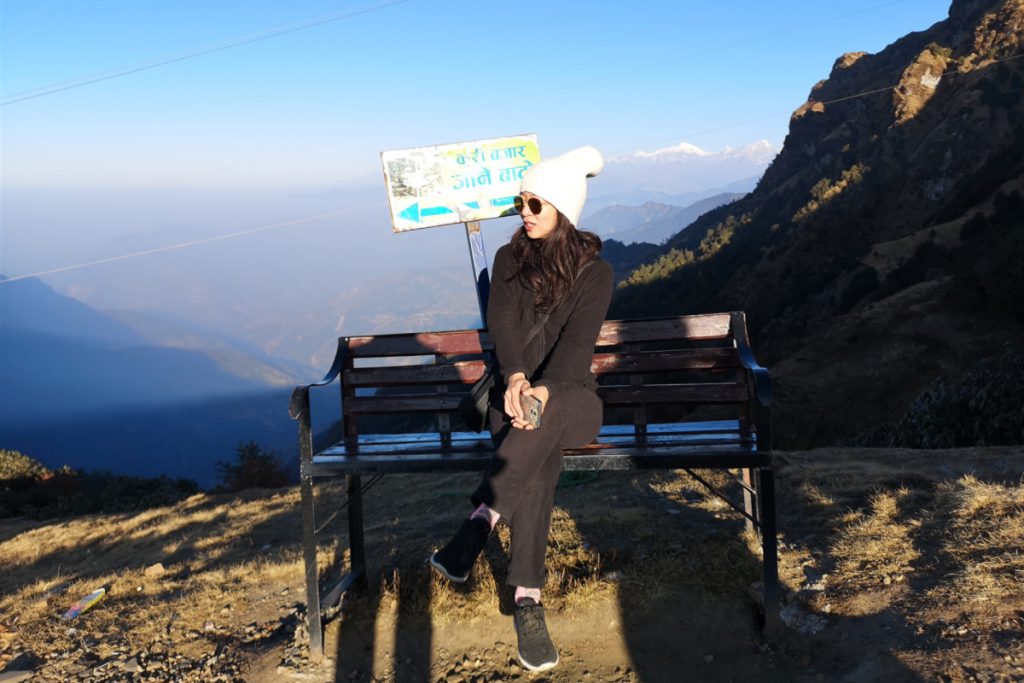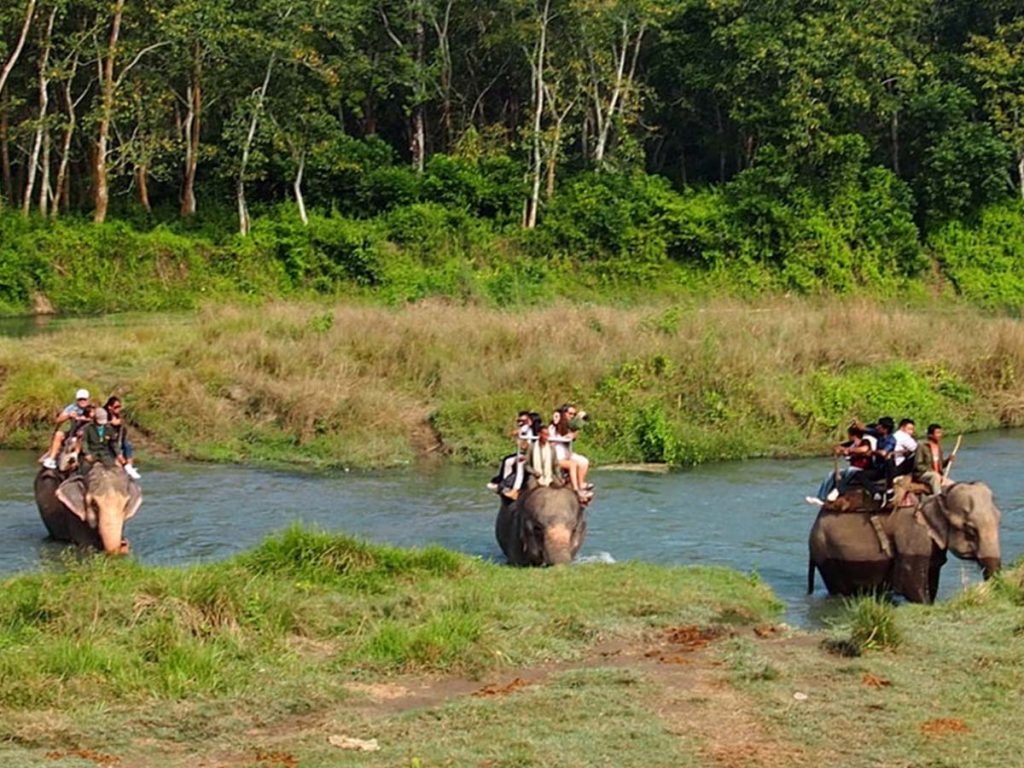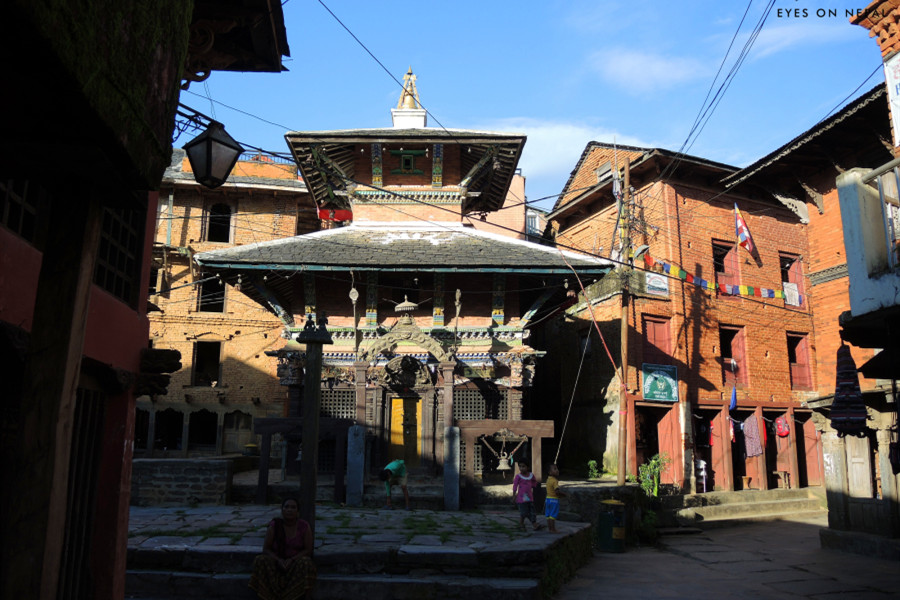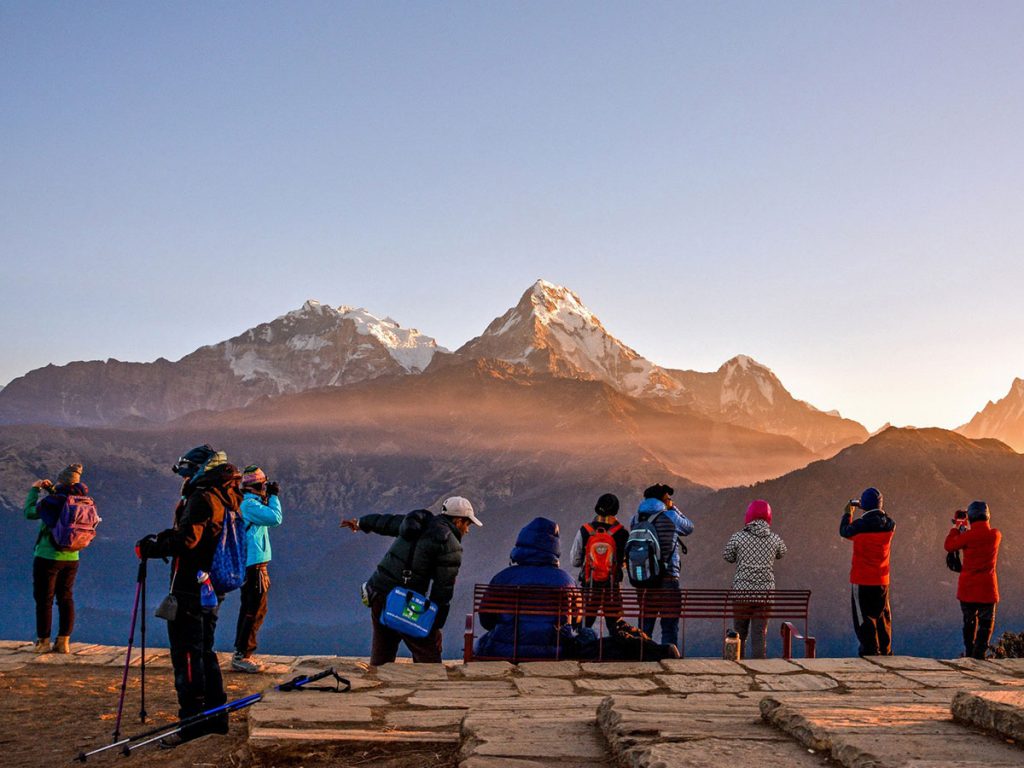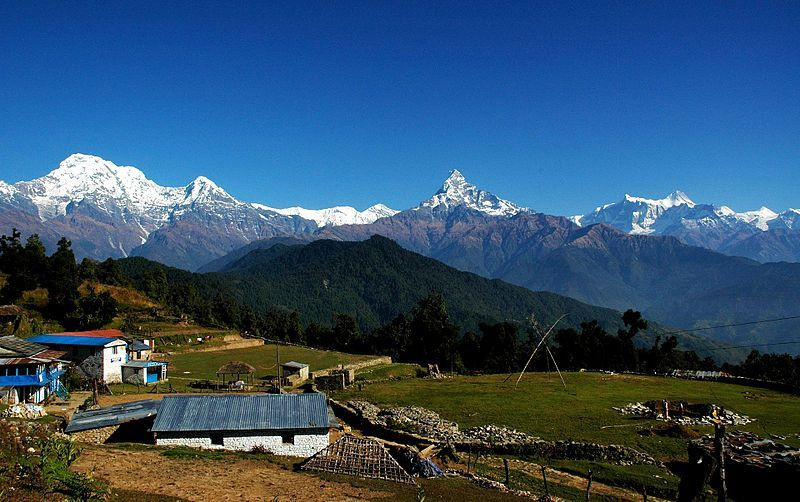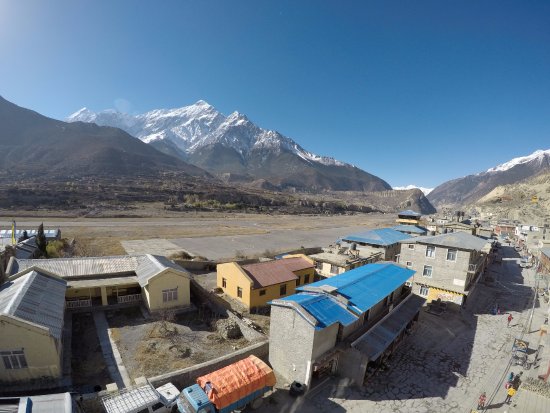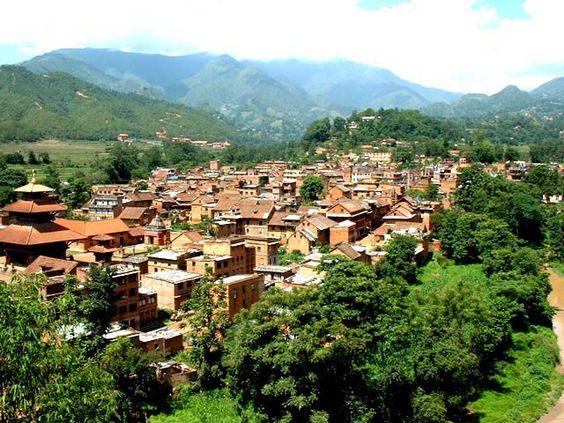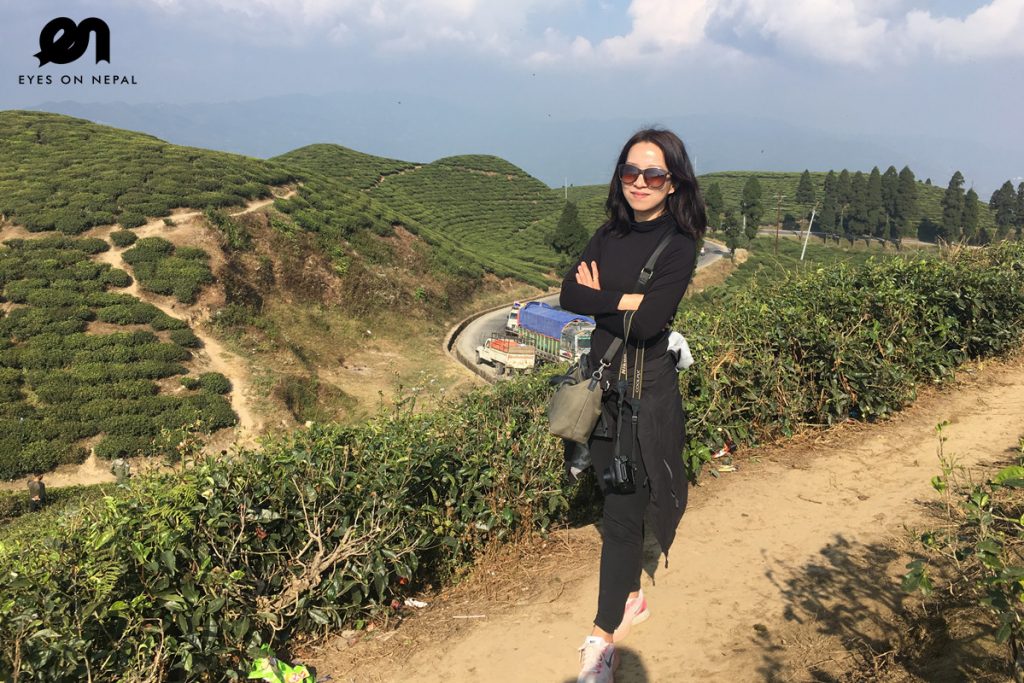Rudraksha Beads: The most sacred and auspicious beads
The rough seed about a size of marble wearing by Sadhus and monks in India and Nepal has raised curiosity to others who does not know about it. It is call Rudraksha and it is the most powerful and auspicious bead that you can find in this continent.
What is Rudraksha?
Rudraksha seed is the product of Rudraksha tree, also known as Elaeocarpus ganitrus (Scientific name).
Rudraksha is a combination of two Sanskrit words call Rudra (another name for Lord Shiva) + Aksha (tear drop).
So, Rudraksha simply means Lord Shiva’s tears.
It is said that the tears are a result of compassion that Shiva felt when he meditate about the endless suffering of humans. In essence Rudraksha offers humans freedom from suffering and a union with the divine
Aksha in Sanskrit also means Shiva’s eye.
Rudraksha is regards as the most sacred bead in Hindu society. Hench which is widely use by great Yogis, saints, sages, monks and religious people from Nepal, India, Sri Lanka, China and across Asia.
Facts about Rudraksha Tree:
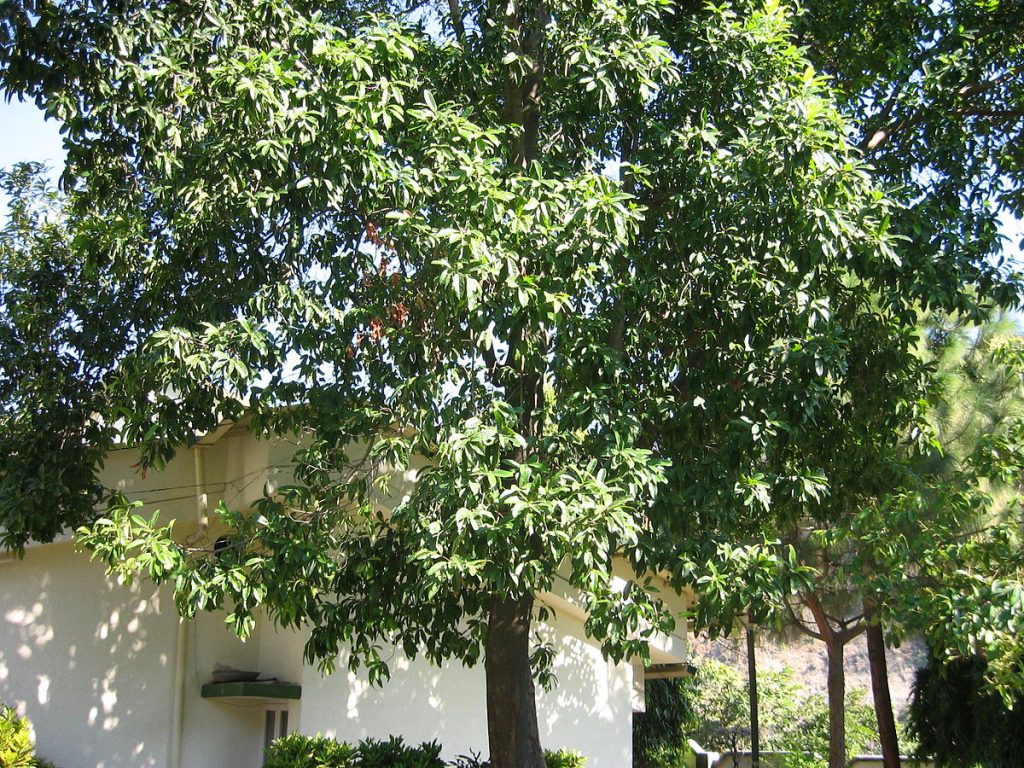
- Elaeocarpus Ganitrus Roxb is the scientific name for Rudraksha tree.
- More than 300 species of Rudraksha trees have been found in different part of the world, including Nepal, India, Malaysia, Indonesia, New Guinea, Northern Australia, Sri Lanka, Thailand, China and Taiwan.
- Rudraksha tree is generally 10 to 30 meters tall. Trees, leaves and flower are either grey, green or white in color.
- Rudraksha leaves looks similar to mango leaves. And have anti-bacterial properties making it beneficial for treating wounds, headache, mental disorders, migraine and epilepsy.
- One Rudraksha tree yields up to 2000 fruits a year.
- Rudraksha flowers are nearly about 6-inch-long and white in color which grow in bunches. November – December is the best time to see flowers and fruits come up on Jan – Fe. The fruits are green color and nearly 1 inch in diameter shaped like berries. These fruits fall off after complete ripening. The outer skin of Rudraksha fruit has many great medical importance, mostly used treating patient suffering from fever, cold and dry cough.
- Rudraksha from Nepal and India are consider of best quality and values.
- Naturally, Rudraksha can be found 2000 meter above sea level. In Nepal they even grow in hilly region up to 3000-meter altitude.
Rudraksha Mala
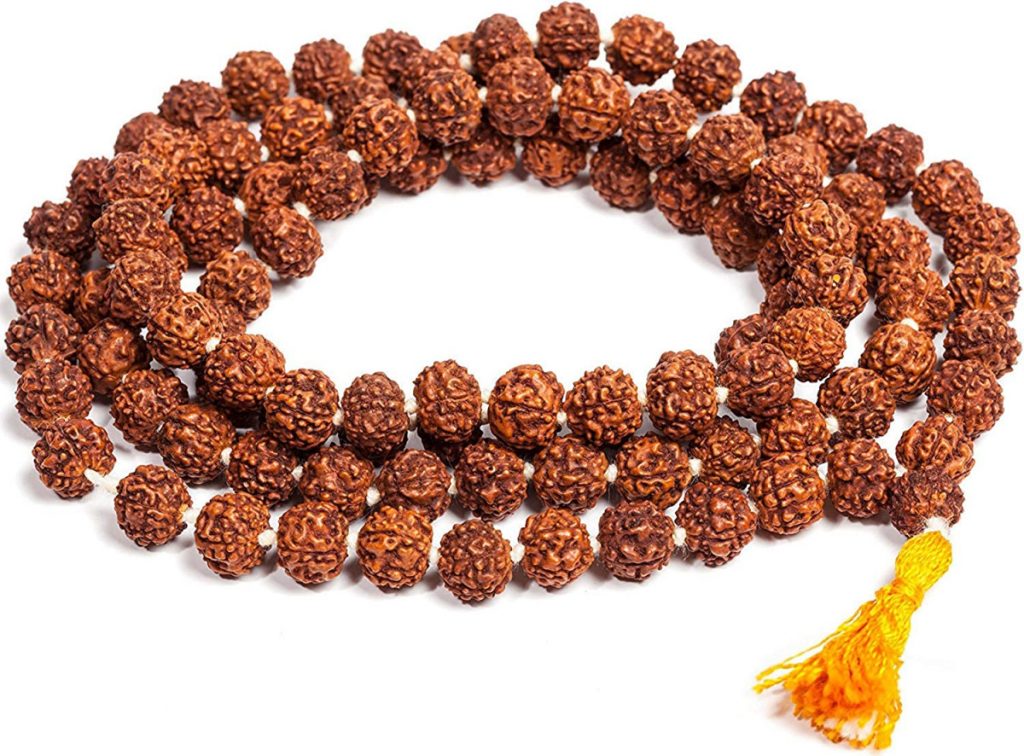
Rudraksha beads are made into a necklace or mala with a string. A necklace consists of 108 beads and one Bindu, which allows for the flow of positive energy.
Benefits of Rudraksha
There are multiple benefits a person can gain from Rudraksha. From spiritual and physical well-being to treatment of various diseases. Simply wearing Rudraksha beads as necklace or wristband can help bring positive life energy in your body. Rudraksha is an important part of meditation and spiritual practices.
- Rudraksha guides one along the path of truth, clarity and purpose.
- It reduces stress and negativity while achieving peace of mind.
- Aligns your vital energies and bring balance and harmony with nature and cosmos
- Rudraksha is scientifically proven to cure physical as well as emotional disorders and is extremely beneficial even in the treatment of optic, neurotic, digestive and cardiac related issues.
- Rudraksha also protects one from negative energies like ghosts, evil spirits and other such malefic components.
- Because of its electromagnetic properties, Rudraksha can play a positive role in stabilizing heartbeat and improving blood circulation.
- Rudraksha beads alleviates depression, eliminate anxiety and has anti-aging properties.
- Wearing Rudraksha helps one to escape from untimely death.
- Rudraksha helps you attain truth and ultimate enlightenment.
Do all Rudraksha have the same power?
There is no doubt every Rudraksha are powerful with unique properties. The varying faces of beads correspond to different deities. One therefore needs to select proper Rudraksha based on one’s horoscope and requirements.
Find more information about its power and properties on “Benefit of Rudraksha”.
Can everyone wear Rudraksha Mala?
There are no restrictions on wearing Rudraksha. Anyone and everyone can wear a Rudraksha regardless of their gender, age, nationality, and caste.
Which Rudraksha to wear according to Zodiac Sign? READ HERE.
Is woman allow to wear Rudraksha?
Wearing Rudraksha is not limit to men only. Both men and women can wear Rudraksha as scriptures does not discriminate on the basis of caste, creed or gender.
In fact, 7 Mukhi (faces) is bless by Goddess Lakshmi, 9 Mukhi by Goddess Durga, 18 Mukhi embodies Bhumi Devi (Mother Earth) while 2 Mukhi shows Gauri Shankar and Shiva in harmony.
DO’s and DON’T’s of wearing holy Rudraksha
Here are some do’s and don’ts of wearing Rudraksha mala if you wish to get maximum benefit out of it.
Do’s
- Become a vegetarian
- Avoid touching Rudraksha with metal, gold and silver as it brings impurity. Once impure Rudraksha will have to be cleansed again before wearing.
- It is recommend to clean Rudraksha every six months.
Don’ts
- Avoid drinking alcohol.
- Avoid eating meat.
- Refrain from killing anyone.
- Avoid touching Rudraksha with metal, gold and silver as it brings impurity. Once impure Rudraksha will have to be cleansed again before wearing.
- Don’t wear Rudraksha mala while going to funeral or baby birth ceremony.
- Don’t share your mala with any and don’t use it as ornaments for showing off.
- Avoid mixing different types of Rudraksha.
Selecting a Rudraksha
Selecting a Rudraksha is not an easy task because each Rudraksha have it own unique features and importance. We suggest you to make consult with Hindu Gurus about Rudraksha and its suitability for you.
It is believe that great Rishi (Yogis) introduced Rudraksha in Nepal and India. Indonesia produces about 70% of the Rudraksha in the world followed by Nepal (20%) and India (5%). Rudraksha from Nepal is consider the best in the world because of climate, size, color, durability and religious belief. Nepali Rudraksha are costlier than Indonesian and Indian Rudrakshas however there are no vast differences on their physical properties.
1 to 21 multi face Rudraksha can be found in Nepal. One or two faces are very rare to find while 5 faced ones are the most common. One has to be above 14 years of age to wear it. Modern technology now allows for changing the shape and size of Rudraksha which is quite unnatural and unethical. Please be careful of purchasing such types of Rudraksha as it will do more harm than good.
Rare Type of Rudraksha. Read here for more. Please contact us if you need a genuine supplier.
Rudraksha for Chinese
Chinese people are very fond of buying Rudraksha. It is one of the most sought-after items for Chinese visiting Nepal. Chinese believe that Rudraksha offers a good “FENG SHUI”, which is a must for one’s physical wellbeing and positive energy.
Read all the information about Rudraksha Beads.
